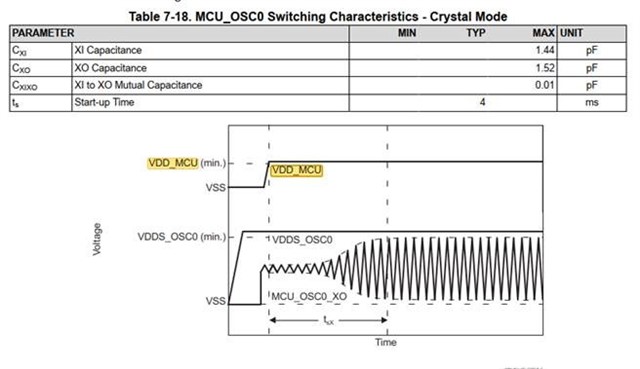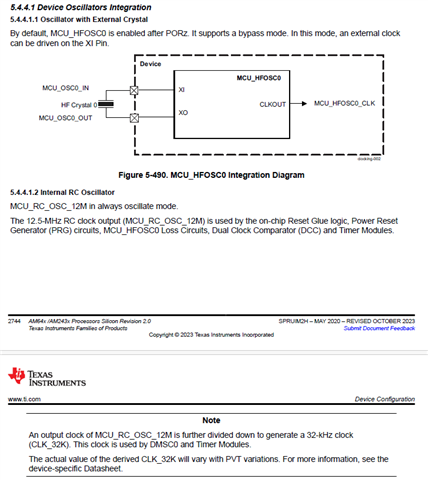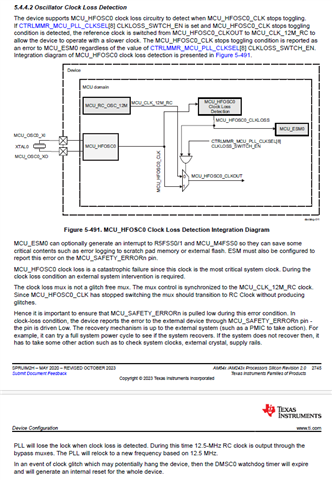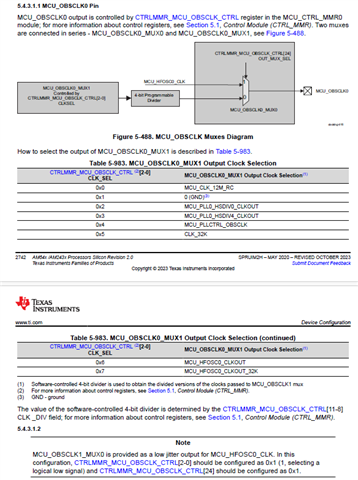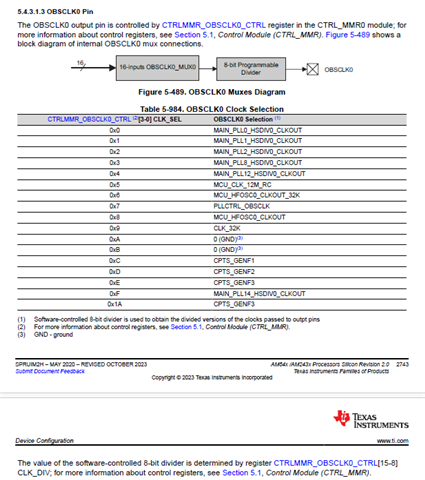Other Parts Discussed in Thread: TMDS64EVM, , AM3352, AM62A3-Q1, AM62L, OMAP-L138
Hi TI Experts,
I have the below queries regarding the crystal selection.
- Recommended crystal frequency for MCU_OSC0
- Do you have recommended part numbers for Crystal?
- Can you help check if NX2016SA-25MHZ-EXS00A-CS10694, CRYSTAL 25.0000MHZ 8PF SMD could be used?
- Do you have recommendations for MCU_OSC0 crystal selection.
- Could you share the crystal part number used on the EVM?
- Can i use an oscillator as the clock source?
- Is there a real max value for crystal ESR?
- Is there some guidelines for the crystal circuit layout?
- Is there a delay requirement for the MCU_PORz after all the power supplies ramp and does the delay depend on the clock source
Let me know your thoughts.



